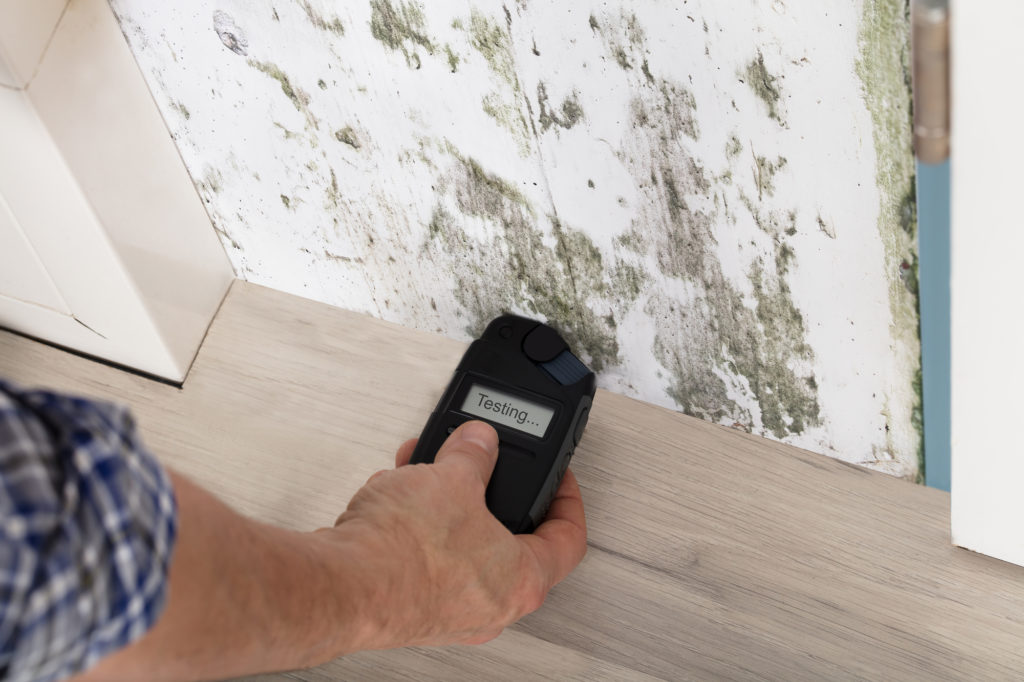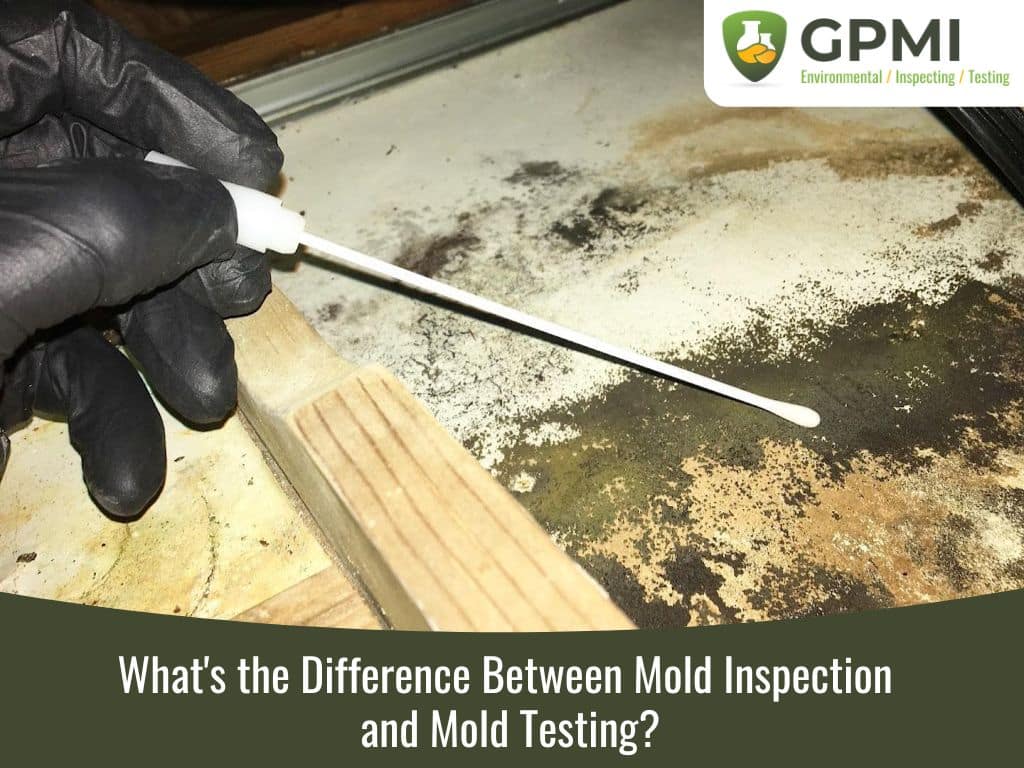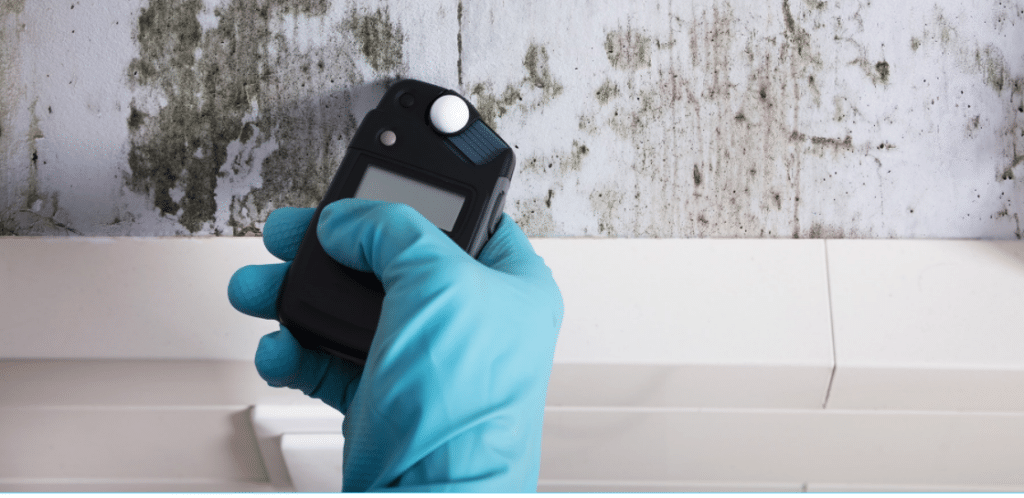Testing Air Quality After Mold Remediation
Testing Air Quality After Mold Remediation
Blog Article
Your Ultimate Guide to Blog Post Mold Removal Techniques
In the after-effects of mold problem, knowing just how to properly eliminate the mold and stop its reoccurrence is critical for maintaining a healthy and balanced interior environment. From choosing the best cleaning and sanitizing methods to executing techniques for long-term mold and mildew prevention, each step in the remediation journey plays a vital function in ensuring a successful result.
Comprehending Post-Mold Removal Refine
After completing the mold removal process, it is vital to understand the post-mold remediation strategies that are essential to guarantee a effective and complete clean-up. When the mold has been removed, the next step involves cleansing and decontaminating the affected areas to stop any type of regrowth of mold and mildew.
In addition, carrying out a final inspection post-remediation is important to make certain that all mold and mildew has been successfully removed. If the evaluation exposes any lingering mold and mildew, additional remediation may be essential.
Reliable Cleansing and Decontaminating Methods

Protecting Against Future Mold Growth

Importance of Appropriate Ventilation
Appropriate air flow plays an essential duty in protecting against dampness build-up, a crucial consider mold and mildew development within indoor atmospheres. Reliable ventilation systems aid eliminate excess moisture from the air, decreasing the possibilities of mold and mildew over at this website spores locating the moisture they require to spread and germinate. Without ample ventilation, indoor spaces can become a reproduction ground for mold and mildew, causing prospective health dangers and structural damage.
By guaranteeing proper air circulation, air flow systems can also aid in drying damp locations faster after water damage or flooding incidents, further preventing mold development. Post Mold Remediation. Precede like washrooms, cellars, kitchens, and attic rooms where moisture levels often tend to be greater, mounting and maintaining reliable air flow systems is important in protecting against mold and mildew invasions

Surveillance and Maintenance Tips
Given the vital role that appropriate air flow plays in protecting against mold and mildew growth, it is vital to develop reliable tracking and upkeep pointers to make sure the continued functionality of ventilation systems. Regular examinations of air flow systems ought to be carried out to look for any type of indications of blockages, leakages, or breakdowns that could hamper correct air movement. Monitoring humidity levels within the residential or commercial property is additionally critical, as high moisture can add to mold and mildew growth. Setting up a hygrometer can assist track moisture levels and sharp property owners to any type of spikes that may call for attention. Additionally, making sure that air filters are frequently cleaned or changed is vital for maintaining the effectiveness of the ventilation system. Carrying out a schedule for routine maintenance tasks, such as duct cleansing and cooling and heating system evaluations, can aid avoid problems before they rise. By remaining mindful and positive to the problem of ventilation systems, homeowner can successfully minimize the danger of mold and mildew regrowth and keep a healthy interior setting.
Final Thought
Finally, post-mold removal methods are important for ensuring a secure and clean setting. redirected here Understanding the procedure, implementing efficient cleansing and disinfecting approaches, preventing future mold and mildew development, maintaining appropriate ventilation, and regular surveillance are all critical action in the removal procedure. By adhering to these guidelines, you can effectively eliminate mold and avoid its return, promoting a healthy living or functioning space for all owners.
In the after-effects of mold and mildew infestation, knowing how to effectively eradicate the mold and mildew and prevent its reoccurrence is vital for keeping a healthy and balanced interior atmosphere. Once the mold and mildew has actually been eliminated, the next step involves cleansing and decontaminating the influenced areas to prevent any regrowth of mold and mildew - After mold remediation. After getting rid of visible mold and mildew growth, it is crucial to cleanse all surfaces in the afflicted location to get rid of any kind of remaining mold and mildew spores. To better boost mold and mildew prevention measures, it is important to address underlying concerns that initially led to mold development.Offered the essential duty that proper ventilation plays in avoiding mold development, it is crucial to develop efficient surveillance and upkeep ideas to guarantee the continued capability of ventilation systems
Report this page